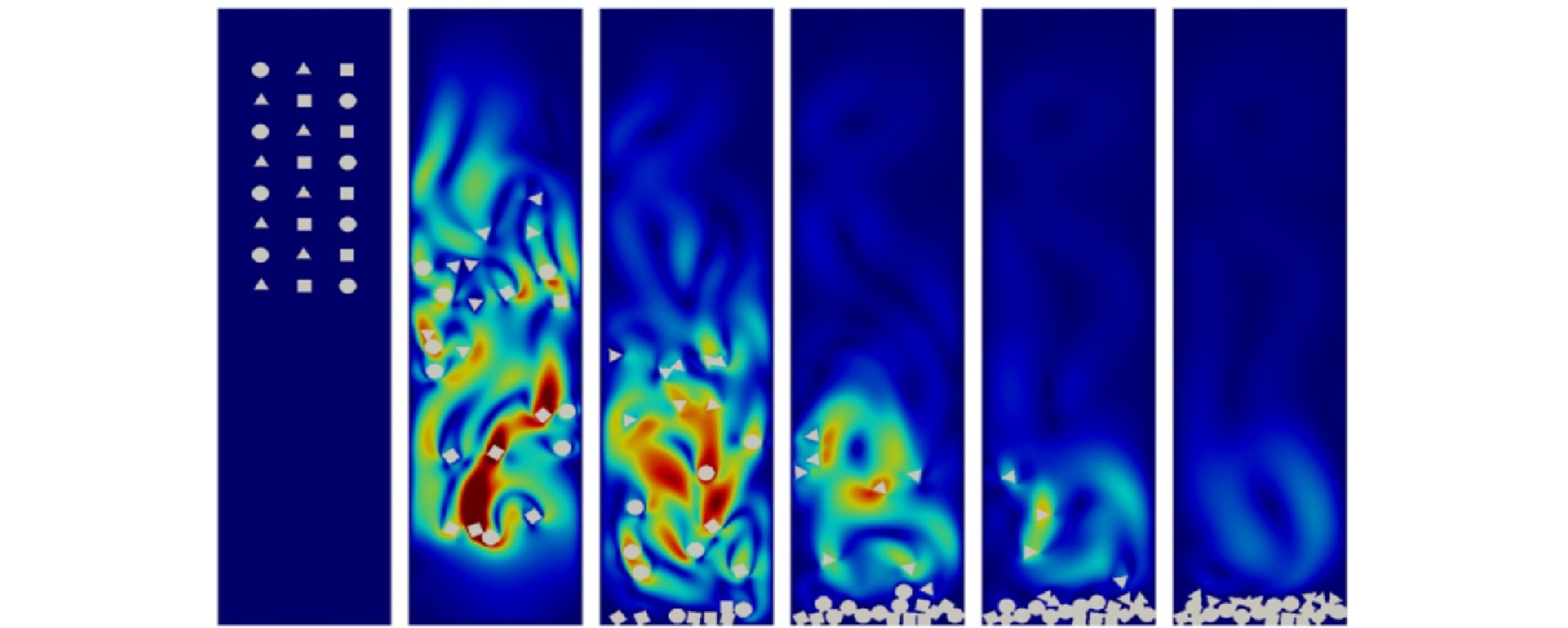- Volumes 84-95 (2024)
-
Volumes 72-83 (2023)
-
Volume 83
Pages 1-258 (December 2023)
-
Volume 82
Pages 1-204 (November 2023)
-
Volume 81
Pages 1-188 (October 2023)
-
Volume 80
Pages 1-202 (September 2023)
-
Volume 79
Pages 1-172 (August 2023)
-
Volume 78
Pages 1-146 (July 2023)
-
Volume 77
Pages 1-152 (June 2023)
-
Volume 76
Pages 1-176 (May 2023)
-
Volume 75
Pages 1-228 (April 2023)
-
Volume 74
Pages 1-200 (March 2023)
-
Volume 73
Pages 1-138 (February 2023)
-
Volume 72
Pages 1-144 (January 2023)
-
Volume 83
-
Volumes 60-71 (2022)
-
Volume 71
Pages 1-108 (December 2022)
-
Volume 70
Pages 1-106 (November 2022)
-
Volume 69
Pages 1-122 (October 2022)
-
Volume 68
Pages 1-124 (September 2022)
-
Volume 67
Pages 1-102 (August 2022)
-
Volume 66
Pages 1-112 (July 2022)
-
Volume 65
Pages 1-138 (June 2022)
-
Volume 64
Pages 1-186 (May 2022)
-
Volume 63
Pages 1-124 (April 2022)
-
Volume 62
Pages 1-104 (March 2022)
-
Volume 61
Pages 1-120 (February 2022)
-
Volume 60
Pages 1-124 (January 2022)
-
Volume 71
- Volumes 54-59 (2021)
- Volumes 48-53 (2020)
- Volumes 42-47 (2019)
- Volumes 36-41 (2018)
- Volumes 30-35 (2017)
- Volumes 24-29 (2016)
- Volumes 18-23 (2015)
- Volumes 12-17 (2014)
- Volume 11 (2013)
- Volume 10 (2012)
- Volume 9 (2011)
- Volume 8 (2010)
- Volume 7 (2009)
- Volume 6 (2008)
- Volume 5 (2007)
- Volume 4 (2006)
- Volume 3 (2005)
- Volume 2 (2004)
- Volume 1 (2003)
• Computational method was proposed to simulate arbitrarily shaped particles submersed in fluid.
• Advantages of LBM were retained, e.g. simple structure of the algorithm, parallel efficiency.
• Compared to immersed boundary method, the proposed method can avoid cost-intensive interpolations.
• The scheme was validated by grid independence studies and simulation of particle sedimentation.
An alternative approach to simulating arbitrarily shaped particles submersed in viscous fluid in two dimensions is proposed, obtained by adapting the velocity parameter of the equilibrium distribution function of a standard lattice Boltzmann method (LBM). Comparisons of exemplifying simulations to results in the literature validate the approach as well as the convergence analysis. Pressure fluctuations occurring in Ladd's approach are greatly reduced. In comparison with the immersed boundary method, this approach does not require cost intensive interpolations. The parallel efficiency of LBM is retained. An intrinsic momentum transfer is observed during particle–particle collisions. To demonstrate the capabilities of the approach, sedimentation of particles of several shapes is simulated despite omitting an explicit particle collision model.

